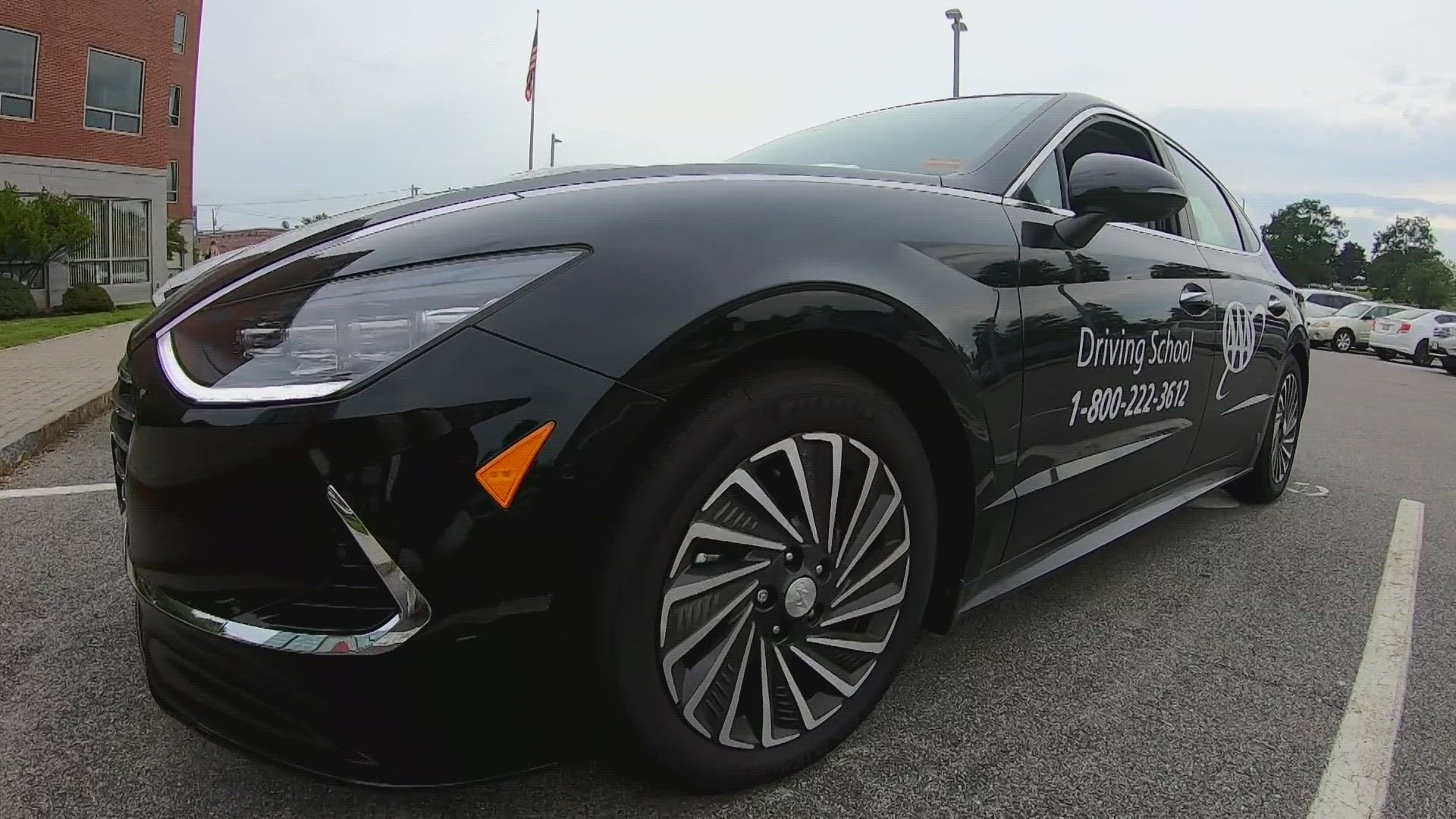PORTLAND, Maine — As we find ourselves halfway through the summer, spanning from Memorial Day to Labor Day, a chilling reality sets in for teenage drivers and their families.
This period is ominously dubbed the 100 Deadliest Days on the roads for young motorists.
Unfortunately, the statistics have so far upheld this grim moniker. With an alarming increase in accidents and fatalities involving teenage drivers, there is a pressing need for awareness and safety measures.
Anna Goodman, a young learner attending AAA's driver's education course, shared her initial nerves as she took the first steps towards driving independently.
"I was really nervous. I felt like I didn't know what was going to happen or what to expect since I've never done it before," Goodman confided.
The fear of the unknown is a common sentiment among new drivers, but it's essential to provide them with proper training and guidance to navigate the roads safely.
The Maine Department of Transportation reports that nearly half of the state's 56 vehicle fatalities this year have occurred within the span of just 50 days, emphasizing the severity of the 100 Deadliest Days.
"The number of teenage drivers aged 16 to 19 involved in car crashes has exceeded 400, with an additional 253 passengers affected by these accidents," Tom Baren, a traffic education specialist with AAA, said. "Shockingly, having one to two people in the vehicle increases the likelihood of a crash by 44 percent."
While the numbers are concerning, there is a glimmer of hope. In comparison to the same period last year, the number of fatalities during the halfway mark of the 100 Deadliest Days this year is comparatively lower.
At this time last year, there were already 93 deaths on the road, whereas this year, the count stands at 67.
While any fatality is tragic, the slight improvement indicates that efforts to promote road safety are having some impact.
Although the current focus is on the 100 Deadliest Days, it's crucial to understand the broader context of teenage driving fatalities throughout the entire year.
Tom Baren notes that around 2,000 teenagers die in accidents annually across the United States, and out of those, a staggering 660 fatalities occur between Memorial Day and Labor Day.
Parents of new drivers are naturally anxious about their children's safety when they first venture out on their own.
Anna's mother, Jody, expressed her concerns.
"It's obviously very nerve-wracking the first few times they pull out of the driveway on their own," Jody said.
Parents play a vital role in instilling responsible driving habits and providing ongoing support and guidance to their teens.
With 50 days remaining in the 100 Deadliest Days this summer, experts suggest utilizing technology to monitor teenage drivers and promote responsible behavior on the roads.
There are various apps available that allow parents to track their child's driving habits, including speed and location. These tools can provide valuable insights into their driving behavior and help identify areas for improvement.

